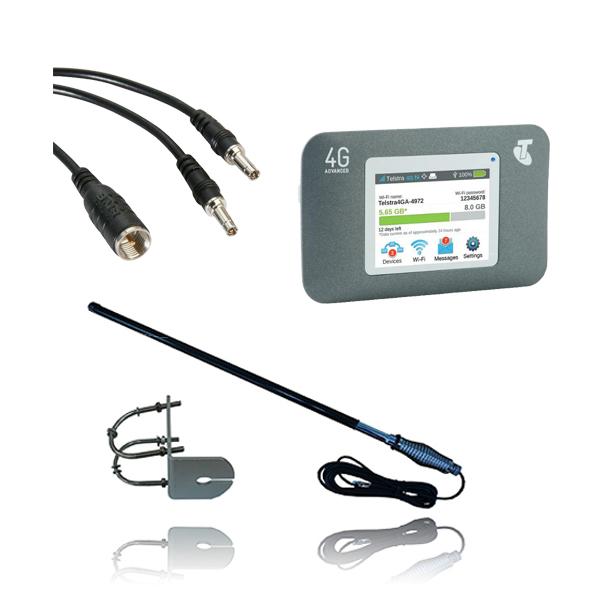
The antenna covers the three bands of operation i.e.
#Wifi patch antenna software#
The designed antenna is simulated using EM simulation software CAD FEKO suite (7.0). The design calculations are done for the frequency of 2.4 GHz. The proposed antenna is realized on FR-4 dielectric substrate having a dielectric constant of 4.4 and loss tangent of 0.02, with dimensions of 46x38x1.6mm3.
#Wifi patch antenna Patch#
coaxial feeding technique for feeding the antenna Tri band antenna is obtained by etching two quarter wavelength rectangular shaped slots inside the patch at the proper position to resonate over GSM, Bluetooth and Wi- MAX. One amongst the simplest feeding technique is employed i.e. This Paper represents the designing of the Tri- Band Rectangular Printed micro strip Antenna. Subsequently, the relative error as function of different elevations along the z axis together with the two methods comparison results is presented. Furthermore, the relative error between the simulated field of the antenna and those of the equivalent source model according to the dipoles number is presented to determine the minimum number of dipoles that allow users to obtain the results with better accuracy. Models are constructed from the tangential magnetic fields cartographies of the antenna obtained from HFSS R � at 3.5mm and validated by comparing the HFSS R � results with those of the models at a higher elevation. The latter works in ISM band for Wi-Fi and Bluetooth applications. These two methods will be used to predict the magnetic field behavior in the vicinity of a microstrip patch antenna. This paper reports a comparative study in which two different methods will be applied: the equivalent source method and plane wave spectrum method. As a result, the designers of electronics’ equipment are extremely interested in radiated emission models.

Occurrence, as well as to ensure the electromagnetic compatibility compliance for those components and systems which are embedded in a confined space. Hence, predicting the electromagnetic field behavior in the vicinity of the electronic components and systems becomes a priority to avoid the potential for unwanted coupling It has also generated a new design constraint on electromagnetic compatibility. Over the past few years, the continuous evolution of embedded electronic systems has increased electromagnetic interferences problems. The antenna achieved good gain and efficiency and demonstrated an omnidirectional radiation pattern that makes it appropriate for ISM, IMT, Zigbee, Bluetooth, WiFi, WiMAX, WLAN, and RFID wireless communication applications. The slits in the ground plane form a matching circuit by enlarging the current path, and the designed antenna achieved an operating band of 2.2 to 2.95 GHz. The antenna is consisting of a vertical bar‐shaped patch and a partial ground plane with two vertical slits. A low‐profile planar monopole antenna is presented for 2.45‐GHz band communication applications. Moreover, the studied antenna achieved a maximum peak gain of 2.77 dBi and a maximum radiation efficiency of 82.45% and exhibited an omnidirectional radiation pattern that makes it appropriate for ISM and different narrowband wireless applications. The inclusion of vertical slits in the ground plane forms a matching circuit by enlarging the current path, and hence, the studied design can achieve a measured operating band of 2.2 to 2.95 GHz. The anticipated antenna is composed of a vertical bar‐shaped radiator and a partial ground plane with two vertical slits. To cover all these applications, in this paper, a low‐profile planar monopole antenna is suggested for 2.45‐GHz band communication applications. The ISM band is not only used in ISM applications but also in telecommunication services including IMT, Zigbee, Bluetooth, WiFi, WiMAX, WLAN, RFID, military radars, and wireless sensor networks. Recently, there is a significant rise in the numbers of devices and systems that use industrial, scientific, and medical (ISM) frequency bands.


 0 kommentar(er)
0 kommentar(er)
